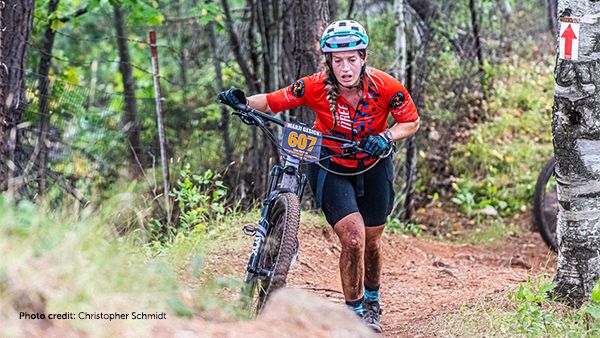FTP - Functional Threshold Power.
I love FTP. What a metric! It took us out of the labs and onto the trails and roads to conduct our testing. We could do it anytime, at our own convenience, check it regularly without incurring the cost of another trip to the nearest sports lab to find out our lactate thresholds, and no one had to take blood samples while we were testing.
That’s my perspective, of course, and it’s influenced by my experience of doing it the "old school" way to identify anchor points for my training and achieve the desired outcomes from all my efforts. I realize that this is not the same for the newer generations who have come along since. Power is established and here to stay, and introductory platforms (like Strava, TrainerRoad, etc.) and various internet "gurus" focus heavily on FTP.
This focus has become a problem for many athletes. Here’s my perspective on some common pitfalls regarding FTP that make it a tricky point for individuals:
1. **It’s Not a Badge of Honor:** This is perhaps the most important point. Many people get distracted by the size of the number, setting irrelevant goals (like exceeding 300 watts) that have little significance in the real world. I often hear, "I just need to surpass XX watts, and that will enhance my cycling ability." In my experience, that doesn’t happen! Forget the number and any notion of it being a guarantee of anything.
2. **Setting FTP Too High or Using Dubious Testing Protocols:** I won’t bombard you with definitions or what FTP "is" or "isn't." Instead, I want to share what works in the real world. If the test protocol is too short, everyone ends up with an inflated number that doesn’t reflect any race scenario. Short ramp tests? Don’t bother! Eight-minute tests? Also not useful! Seriously, just skip the testing. A 20-minute power minus 5% might work for some but is far from accurate for most. From what I’ve seen, it typically should be calculated as 20-minute power minus 10% to 30%.
If we choose the 20-minute test, start with minus 5%, then adjust based on our training performance. Many people struggle with threshold-based sessions like 2 x 20 minutes in Zone 4. If that's the case, apply common sense: subtract another 5–10% until the sessions become manageable or opt for a longer test. A one-hour test is difficult to accomplish unless we're in a race or extremely dedicated and fit.
Therefore, I generally recommend the 20-minute test for most athletes, while also monitoring their Rate of Perceived Exertion (RPE), heart rate, and motivation toward tempo and threshold work. If we find it challenging, our FTP is likely set too high. It should be difficult but not so hard that we feel like we're gasping for air every second.
3. **Going Too Hard in the Test:** This is a real issue. We are testing for maximum aerobic power, not the maximum power we can sustain while constantly going anaerobic. If we dread the FTP test, we might just be pushing too hard and if there are mega spikes of power in our test then this is certainly the case. FTP is a measure of constant and controlled power. It’s not about aiming for a personal best; it’s about determining where to set our training zones based on the FTP number. "Death testing" might yield a higher number, but it'll be marginal and won’t significantly improve our training zones compared to a more sustainable effort.
4. **Ignoring Our Actual FTP:** After applying all the above advice, many still set their FTP too high or forget to update it in their software when they notice a decrease. This is far too common—don’t let it happen! It’s a waste of time to train for a specific outcome when we are not actually training at the correct level! It makes it difficult to predict the outcome of following a plan, and we con no longer trust any charts from platforms like TrainingPeaks if our FTP is inaccurately set. While having an FTP that's too low may lead to some minor inaccuracies, it significantly lowers the chances of overtraining, and it's worth noting that I never met anyone who struggled for performance because their training was too easy!
In conclusion, understanding and accurately setting your FTP is crucial for effective training. Focus on the process rather than the number, and adjust based on your performance and how you feel during training sessions.

